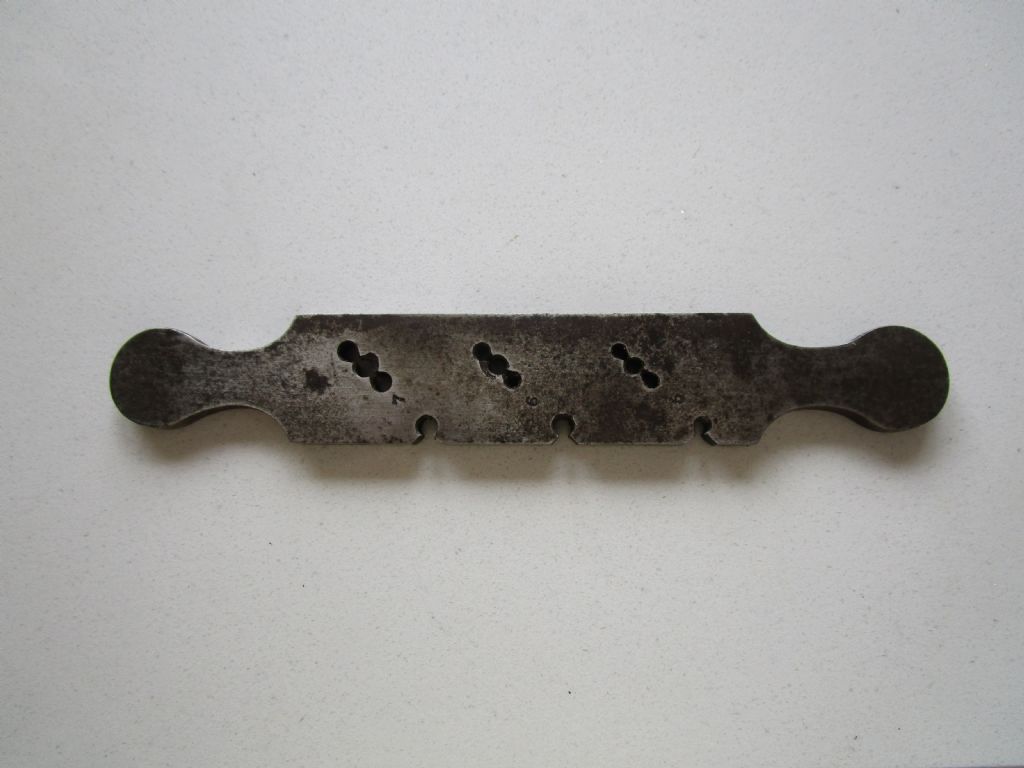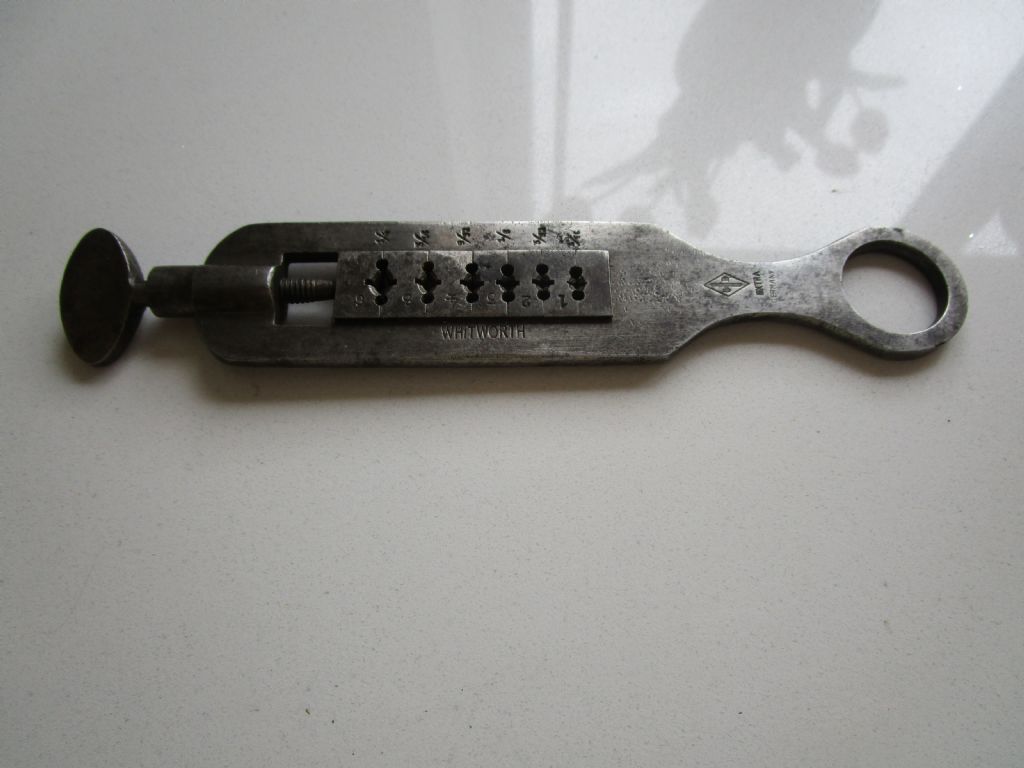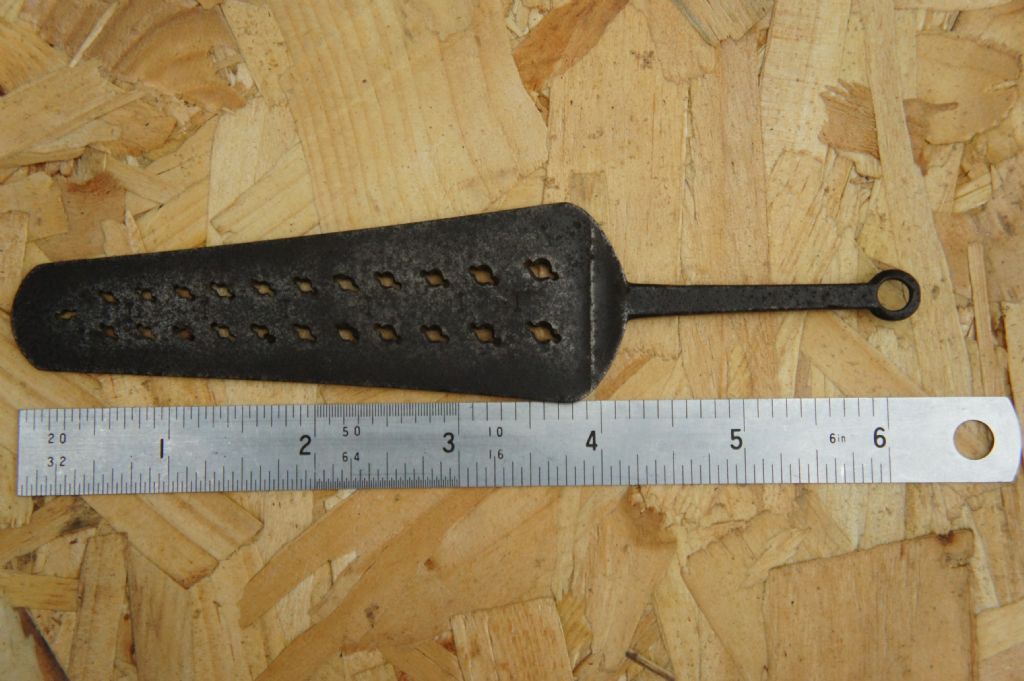If an old tool is of identified make but not in the normal catalogue, could it have been made for internal use?
High catalogue price might indicate the assumed customers would be companies, not individuals.
' ' '
I certainly agree with Howard Lewis' remark!
I have a trammel with brass holders for the scribers, on a hardwood beam not graduated but giving 20 " maximum radius. No company names, but both holders are neatly stamped 'R J SANDFORD 1920'. From careful examination by magnifying-glass I think they were hand-pierced and filed to their elegant profiles, after their various bosses had been turned, from solid.
A neat touch is the stock scriber-holder's fine-adjustment of over 1/8 " travel, working against the end of the beam.
The pressure-pads under the clamp-screws fit very well indeed. I have just taken one out to examine it, and it shows faint file-marks on the screw contact face.
One oddity is some drilled holes in each face of the holders, neatly set out but of no obvious purpose.
I've not needed to repair it, although I did clean the brass, by cloth and 'Brasso' only.
Perhaps Mr. Sandford made it 100 years ago, as one of his apprentice-pieces, possibly for pattern-making or sheet-metal work. It has clearly been used a fair amount, but shows little wear, so fair use too. If he was the chap I think though, as far as I knew he was a retired cabinet-maker. That was in the 1960s when I were a lad, so the chronology would be about right.
Now looking at this lovely, lightly-patinated old tool with new respect, yes, I have used it a few times. The first, for which it proved ideal, was in setting-out a jig for assembling two hexagonal steel frames, using basic geometry to construct 120º angles on a large steel plate.
If R.J. was watching from the shadows, I hope he approved….
Howard Lewis.







